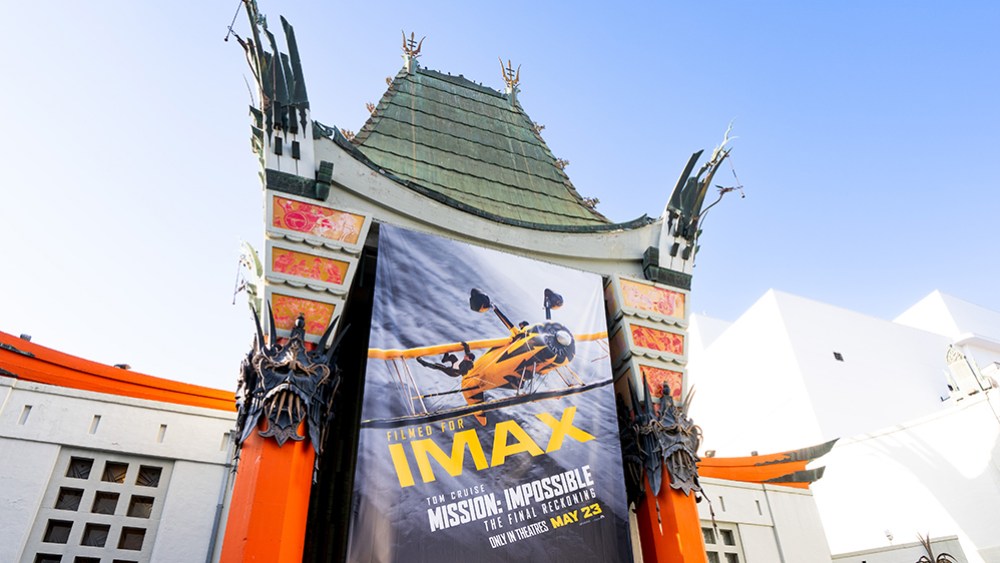More than 50% of exhibition executives polled in a new survey believe that the “traditional cinema experience” has less than 20 years remaining as a viable business model.
The poll, conducted by analyst and author Stephen Follows in collaboration with cinema advertising service Screendollars, surveyed 246 U.S.-based executives in the film industry to give their opinions on the theatrical landscape’s recovery after COVID pandemic lockdowns, flexible release windowing and the future of the business amid streaming’s prominence.
When asked how long “traditional” moviegoing could remain a viable business model, roughly 55% of exhibition executives stated that they believed it had less than 20 years, giving other availableanswers such as “less than five years,” “five to 10 years” or “10 to 20 years.”
However, exhibitors were more likely to predict “more than 20 years” compared to execs in other fields, like TV, production and sales/distribution. Of those polled, sales and distribution executives were the most pessimistic in their forecasts, with more than 60% believing that the “traditional cinema” model had less than 20 years.
As the question was posed, executives were asked what they think will happen to the “traditional cinema experience” — a loose term that offers some flexibility of interpretation. For example, some individuals polled may believe that premium large-format auditoriums, such as Imax and 4DX, are a separate experience than “traditional” ones. In his writing, Follows leaves room for optimism that “it could be that the ‘traditional cinema experience’ evolves and changes with the times, meaning that the people, companies and locations survive but in a different form.”
Among other findings in the poll, nearly 90% of U.S. exhibition executives stated that their revenue has not recovered to pre-COVID levels. An overwhelming majority of them, 81%, also want an exclusive theatrical window on new releases lasting at least six weeks, while 77% believe that day-and-date streaming releases have a negative impact on the theatrical model.
Read the full article here








